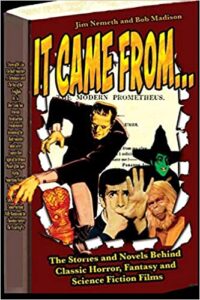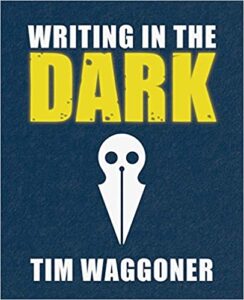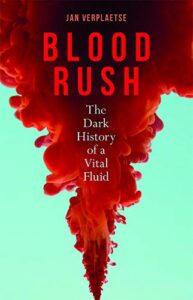( Bookshop.org )
It Came From: …The Stories and Novels Behind Classic Horror, Fantasy and Science Fiction Films by Jim Nemeth and Bob Madison
Midnight Marquee Press, Inc., 2020
ISBN-13: 9781644300916
Available: Paperback
In this book, critics Jim Nemeth and Bob Madison explore genre films and the written works that inspired their creation, Each is presented in its own section, chronologically, and the written works that inspired them. While this book primaritly covered fantasy and science fiction films, this review will concentrate on the aspects of the horror genre presented. The authors include information on the production of the films, as well as the differences between the texts and the movies. At times they also posit the view that the film may be better than the books, a controversial opinion among some audiences.
The author of the horror section introduction argues that horror is the most difficult genre to adapt because movies “that merely provides a book’s ‘Boo!’ moments are but empty shells, lacking the underlying background and context that frequently makes the literary piece the more satisfying experience” (p. 12). He then moves to his example of The Shining. While I do not necessarily agree completely with the author, he does make some interesting points. Films included in the horror section include The Body Snatcher, Invasion of the Body Snatchers, Night of the Demon, Psycho, The Day of the Triffids, and Don’t Look Now.
Two titles receive special treatment in that they each have a significant chapter devoted to them: Dracula and Frankenstein. The authors look at “several of the best, worst, and most popular of their cinematic incarnations” (p. 11). Dracula films covered range from Nosferatu (1922) to Bram Stoker’s Dracula (1992), while the Frankenstein films range from the first film version of Frankenstein (1910) to Victor Frankenstein (2015).
My primary criticism of the book is focused more on the overall contents rather than specific chapters. The authors interject their own opinions into the chapters in a way that can be a bit heavy handed. For instance, when it comes to science fiction, one of the authors makes it abundantly clear that he does not like the gritty, darker, current sci-fi storylines. Additionally, while it seems that each chapter is written by an individual author, it is difficult to tell who wrote which one.
This could be a good resource for anyone interested in exploring the literature upon which genre films are based, as long as readers are aware that the authors’ strongly expressed opinions are interspersed throughout.
Recommended with reservations.
Reviewed by Lizzy Walker







Follow Us!